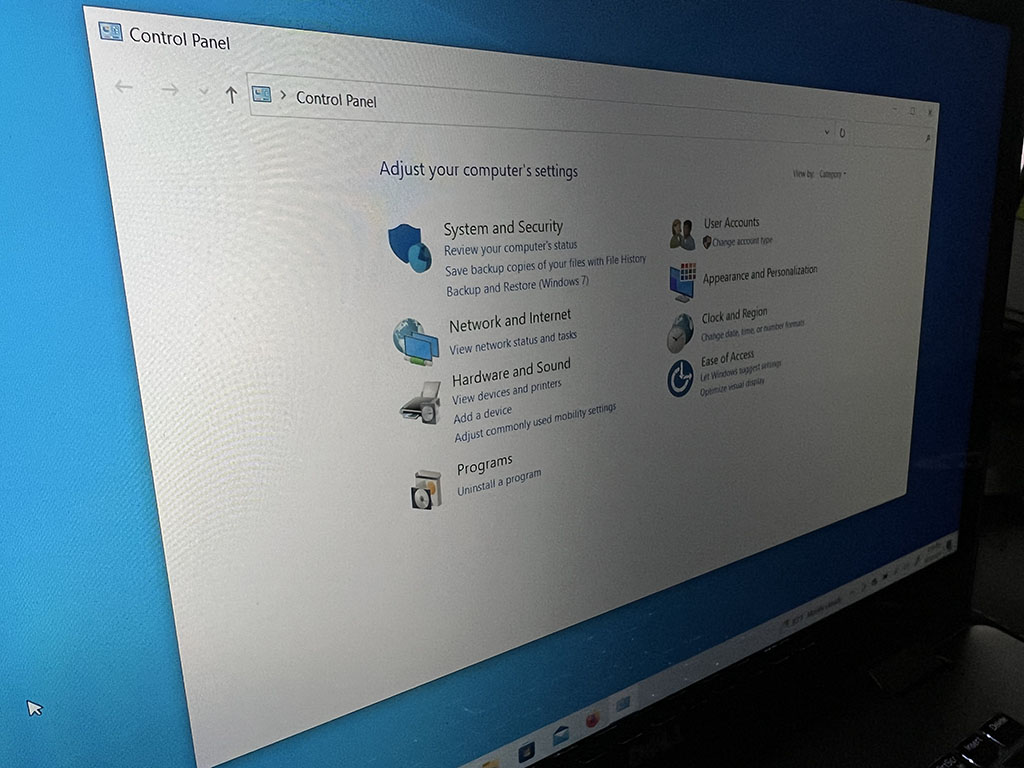
Microsoft Phasing Out Windows Control Panel, Settings App to be Used Instead
In a significant shift for Windows users, Microsoft is gradually moving away from the traditional Control Panel, which has been a staple of the Windows operating system since its inception nearly 40 years ago. The company is encouraging users to transition to the newer Settings app, which will soon become the default tool for managing system configurations.
The Evolution from Control Panel to Settings App
The Control Panel, introduced with Windows 1.0, has long been the go-to for managing various aspects of the Windows OS, from software and hardware management to security settings and user account administration. However, its interface and functionality have remained relatively unchanged over the decades, maintaining an “old-school” look that can be intimidating for less tech-savvy users.
IS YOUR COMPUTER SECURE?
FREE Malware Removal
Detect & Remove Adware, Viruses, Ransomware & Other Malware Threats with SpyHunter (FREE Trial)
IS YOUR COMPUTER SECURE?
FREE Malware Removal
Detect & Remove Adware, Viruses, Ransomware & Other Malware Threats with SpyHunter (FREE Trial)
IS YOUR COMPUTER SECURE?
FREE Malware Removal
Detect & Remove Adware, Viruses, Ransomware & Other Malware Threats with SpyHunter (FREE Trial)
Recognizing the need for a more modern and user-friendly interface, Microsoft introduced the Settings app with Windows 8 in 2012. The app was part of a broader effort to streamline the Windows experience, offering a more accessible and simplified way to adjust system settings. While the Settings app initially coexisted with the Control Panel, Microsoft has been gradually migrating features from the older interface to the newer one, making it clear that the Control Panel’s days are numbered.
Why the Shift?
According to a recent support page update from Microsoft, the Control Panel is “in the process of being deprecated in favor of the Settings app.” This move is part of Microsoft’s strategy to provide a “more modern and streamlined experience” for users. While the Control Panel will still be available “for compatibility reasons and to provide access to some settings that have not yet migrated,” the company is urging users to “use the Settings app, whenever possible,” signaling that it will soon be the only option available.
What Does This Mean for Windows Users?
For those accustomed to the Control Panel, this change might require some adjustment. However, the Settings app is designed to be more intuitive and easier to navigate, making it a better fit for the needs of modern users. The app has been continually updated to include more features, and with the upcoming Windows updates, it’s expected that even more functionalities will be transferred from the Control Panel.
As Microsoft continues to evolve its operating system, the company has not provided a specific timeline for when the Control Panel will be fully phased out. However, with the upcoming Windows 24H2 update and rumors of Windows 12 on the horizon, it is likely that this transition will accelerate.
The End of an Era
The deprecation of the Control Panel marks the end of an era for Windows, but it’s also a step forward in creating a more cohesive and user-friendly operating system. Alongside this change, Microsoft is also trimming other outdated features, such as Paint 3D, which will be removed from the Microsoft Store on November 4.
While the Control Panel will still be around for a little while longer, it’s clear that Microsoft is moving towards a future where the Settings app will be the central hub for all system configurations. Windows users should start familiarizing themselves with the Settings app to stay ahead of the curve and take full advantage of the improvements Microsoft is making to its operating system.